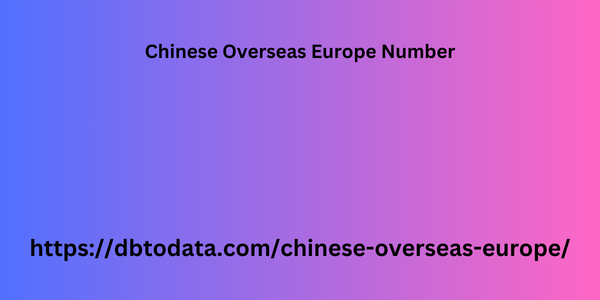New York, often dubbed “The Empire State,” is not just a geographic marvel; it’s a hub of connectivity, commerce, and culture. At the heart of this connectivity lies the intricate web of phone numbers and area codes that facilitate communication across the state’s diverse landscape. From the iconic 212 of Manhattan to the sprawling 718 of the outer boroughs, New York’s phone numbers are more than just digits – they are a testament to the city’s dynamic evolution and enduring influence. Let’s delve into the history, significance, and modern-day relevance of New York’s phone numbers.
#### A Historical Overview
The story of New York’s phone numbers is intertwined with the broader history of telecommunications. The introduction of area codes in 1947 by AT&T’s North American Numbering Plan (NANP) was a pivotal moment in managing the burgeoning demand for phone service. New York City was initially assigned the 212 area code, a number that would become synonymous with the city’s identity. This three-digit code was reserved for Manhattan and parts of the Bronx, reflecting the region’s prominence and early adoption of telecommunication services.
As the city expanded and the demand for phone lines grew, new area codes were introduced to accommodate the influx of users. The 718 area code was added in 1984, covering Brooklyn, Queens, and Staten Island, with the Bronx later included. This change marked a significant shift as it geographically and culturally distinguished Manhattan from the outer boroughs.
The Iconic 212: Manhattan’s Prestige
In the world of New York phone numbers, the 212 area code holds a special place. It is not just a series of numbers but a status symbol, often coveted by businesses and residents alike. This desirability stems from its association with Manhattan’s centrality and prestige. Securing a 212 number is akin to obtaining a piece of the city’s historic core, reflecting a connection to its bustling financial, cultural, and media epicenter.
Despite the introduction of new area codes like 646 and 332 to serve Manhattan’s growing communication needs, 212 remains iconic. It evokes a sense of tradition and exclusivity, making it a prized asset in the digital age where new numbers are increasingly part of the 646 or 332 designations.
Expanding the Network: Beyond 212
New York City’s phone number landscape has continued to evolve. The introduction of area code 917 in 1992 was a notable development. Initially designated for mobile phones and pagers, 917 became synonymous with the city’s growing mobile culture. It was the area code that con Chinese Overseas Europe Number nected New Yorkers on the move, reflecting the city’s fast-paced lifestyle.
As the city’s population grew and technology advanced, additional area codes were introduced. The 347 and 929 area codes were added to the 718 regions, and the 646 and 332 codes supplemented Manhattan. Each new code brought with it a new wave of connectivity, accommodating the city’s ever-increasing demand for phone numbers.

Modern Connectivity and Technology
In today’s era of smartphones and internet communication, the significance of phone numbers and area codes remains profound. They not only facilitate local and international comm Canada Phone Number unication but also serve as a digital identity marker. For businesses, having a recognizable New York area code can enhance credibility and brand association with the city’s global stature.
Moreover, the evolution of VoIP (Voice over Internet Protocol) and virtual phone numbers has further transformed how New Yorkers communicate. These technologies allow users to obtain New York-based numbers regardless of their physical location, broadening the reach and flexibility of communication in an increasingly digital world.
The Future of New York’s Phone Numbers
As New York continues to grow and evolve, so too will its telecommunication needs. The introduction of new area codes is inevitable as the demand for phone numbers persists. Future area codes will continue to reflect the city’s dynamic nature, adapting to technological advancements and the shifting demographic landscape.
Furthermore, the integration of emerging technologies such as 5G and the Internet of Things (IoT) will redefine how New Yorkers connect with one another. These innovations will likely bring new forms of communication, potentially reshaping the role and perception of traditional phone numbers.
Conclusion
New York’s phone numbers are a vital part of the city’s identity and functionality. From the prestigious 212 of Manhattan to the diverse array of codes serving the outer boroughs, these numbers are more than just tools for communication – they are symbols of New York’s rich history, cultural significance, and continual evolution. As the city advances into the future, its phone numbers .






